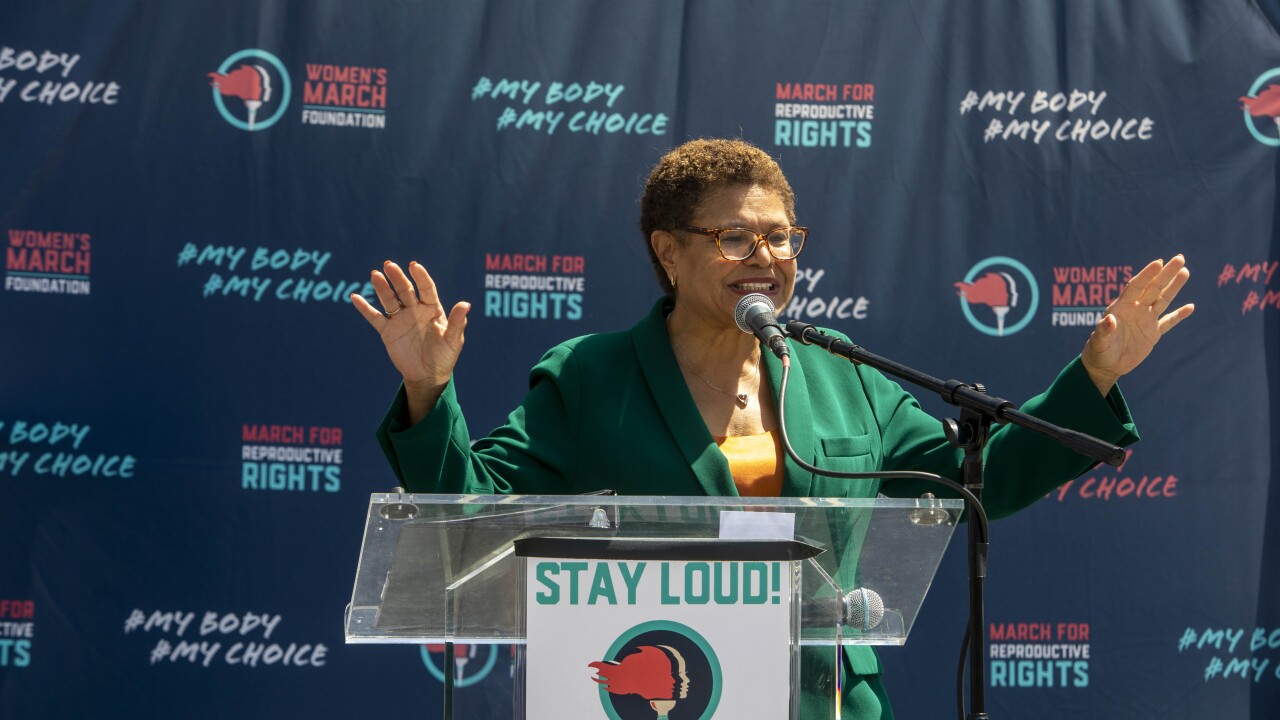Inexpensive prices on new issues lured buyers back into the marketplace as municipal bond market resumed its slump during the past week.
“The primary market on the negotiated side did come wider than you’d normally expect,” said Tom DeMarco, fixed income strategist at Fidelity Capital Markets. “We had a decent sized calendar overall this week and coming off of the Fourth of July holiday week and the recent volatility, these deals were priced to move.”
One of the largest deals of the week came from the California Health Facilities Financing Authority which issued $631.5 million of bonds for the St. Joseph Health System. In the first series of $331.5 million, bonds maturing between 10 and 13 years were 12 to 15 times oversubscribed. Even after the underwriter lowered yields as much as 10 basis points, the deal was cheap relative to comparable bonds in the secondary.
Also this week, Bank of America Merrill Lynch priced $152.1 million of triple-A rated Tyler Independent School District, Texas, unlimited tax school building bonds. Spreads on bonds with 5% coupons ranged from two basis points to 30 basis points above the Municipal Market Data scale.
“In the secondary, we started rich and flipped back and forth with volatility,” DeMarco said. “The market backed up about 10 basis points from Monday to Wednesday and ratios became attractive with the 10-year muni yield at 104% of Treasuries and the 30-year yield rose to 110%. That drew in a lot of buyers from the sidelines.”
He added there was a lot of activity from the advisors space, some interest in terms of cross over buyers, and a pickup in retail interest. “When some of those buyers came back into the market the new issues traded up in the secondary from five to seven basis points.”
Trading activity and par value increased as the week progressed, according to Interactive Data. This week’s activity was the highest since the last week of June.
On Monday, there were 43,253 trades, or $5.380 billion, for both retail and institutional customers, down from the previous Monday’s 44,301 trades of $6.591 billion.
By Tuesday, trades jumped to 50,736, or $7.698 billion, from the previous Tuesday’s 52,543 trades worth $7.992 billion in par value.
Wednesday, there were 52,373 trades worth $9.411 billion. That was up significantly from the previous Wednesday on a Fourth of July holiday week which saw 28,219 trades worth $5.501 billion.
The market was weaker overall as outflows from municipal bond funds were over $1 billion again this week, according to Lipper FMI, after a record $4.5 billion in outflows the last week of June. DeMarco said the weekly par amount of bids-wanted in the last four weeks is the highest since 2008.
“On the MMD scale, the 10-year 30-day volatility has eclipsed anything we saw in the financial crisis and the 30-year muni rate volatility is almost at the same point as during the 2008 financial crisis as well,” he said. “So there are a lot of cross currents.”
For the week through Thursday, yields fell on the short end of the curve and rose on the long end. The two-year Municipal Market Data yield fell seven basis for the week to 0.45%. The 10-year yield rose one basis point to 2.67% and the 30-year yield climbed six basis points for the week to 4.01%.
Yields on the Municipal Market Data scale finished in similar fashion. The two-year MMA yield fell one basis point for the week through Thursday at 0.54%. The 10-year yield rose three basis points to 2.85% and the 30-year yield climbed five basis points to 4.12%.
Treasuries ended much stronger for the week. The two-year yield fell six basis points to 0.34% for the week through Friday afternoon and the 10-year yield slipped 13 basis points to 2.59%. The 30-year yield fell seven basis points for the week to 3.62%.





